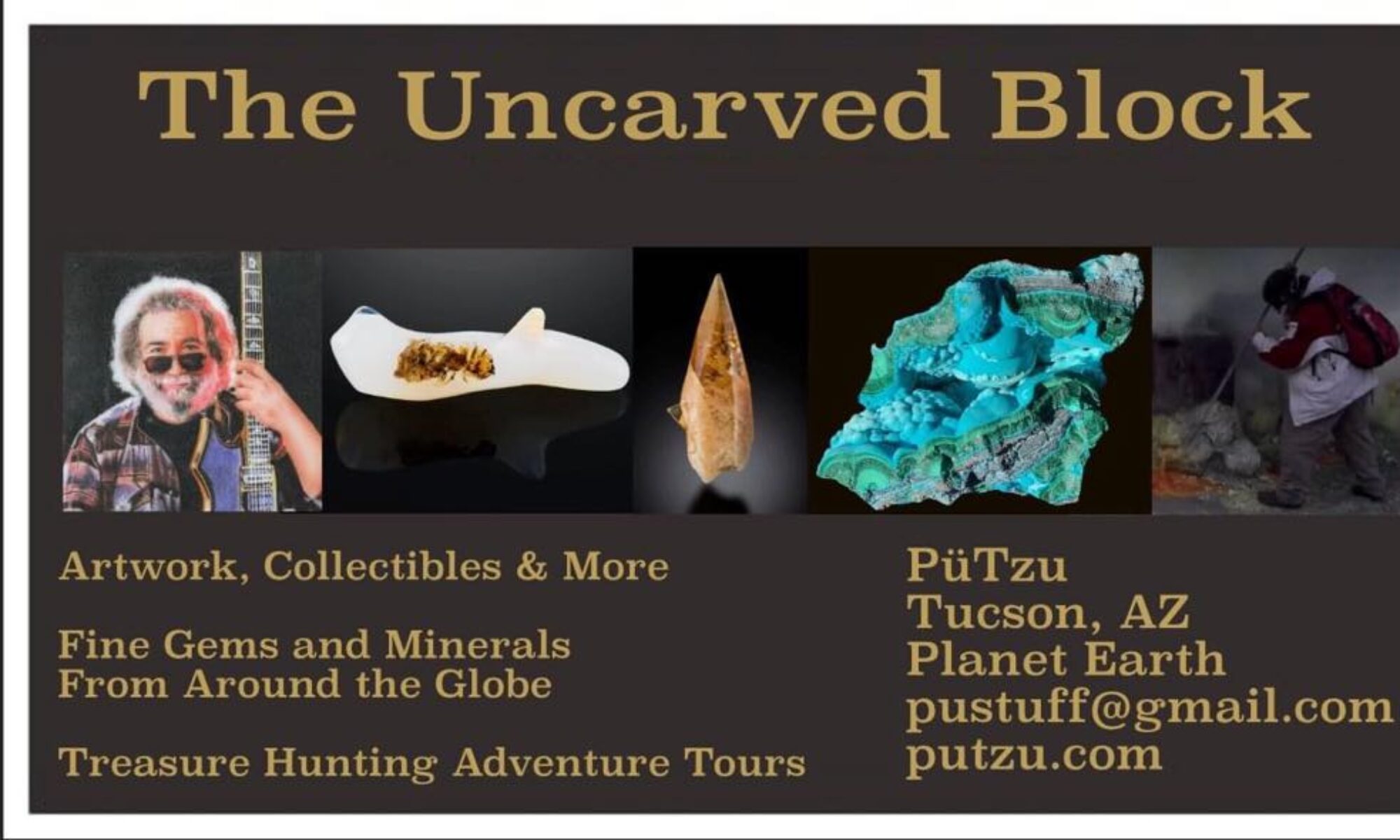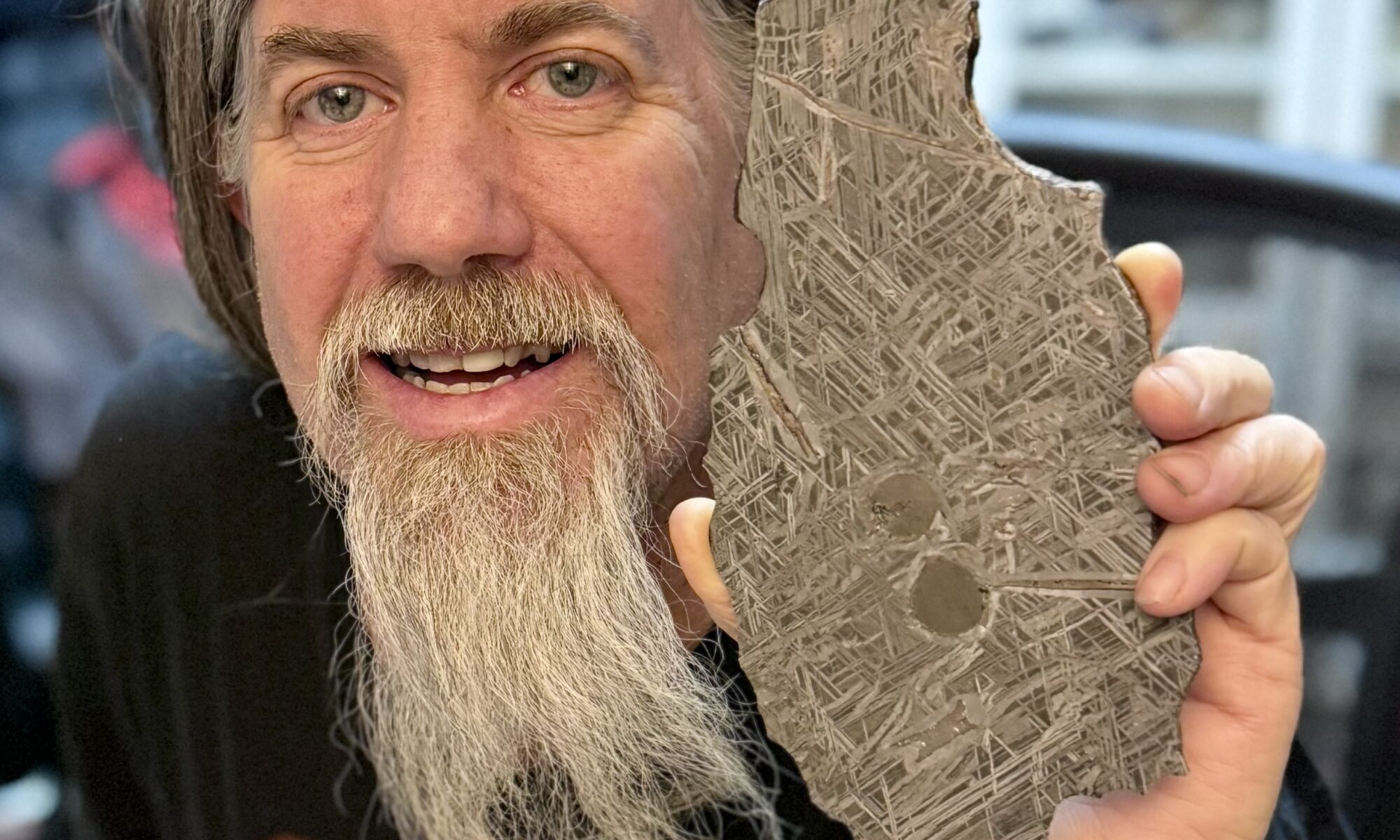Some people say it doesn’t happen…here’s some research I did…I might have found some. Still open to being disproven…
A Mineralogical Mystery
Does Phenacite form Trapiche crystals? This interactive report explores the scientific evidence, comparing the unique properties of phenacite against the strict criteria for trapiche formation.
The Verdict: Inconsistency at the Core
Interactive Comparative Analyzer
Click on a criterion below to compare the profiles of Trapiche minerals and Phenacite side-by-side. The radar chart visually summarizes how well Phenacite matches the ideal Trapiche profile across all criteria.
The Trapiche Profile
The Phenacite Profile
Compatibility Score
Analysis Verdict
…
Visual Evidence: Pattern vs. Phenomenon
A true trapiche pattern is fundamentally different from asterism (the star effect). Trapiche is a growth pattern, while asterism is an optical effect caused by light reflecting off inclusions. This section visually demonstrates the structural differences.
True Trapiche (e.g., Emerald)
Features six arms of trapped matrix material (like carbon) separating distinct growth sectors. It’s a single crystal.
Asterism in Phenacite
Features a “star” caused by light reflecting off microscopic, oriented needle-like inclusions. This is an optical illusion, not a growth structure.
Mineral Gallery
Explore the minerals discussed in the report. Click on a card to learn more about its relationship with the trapiche phenomenon.

